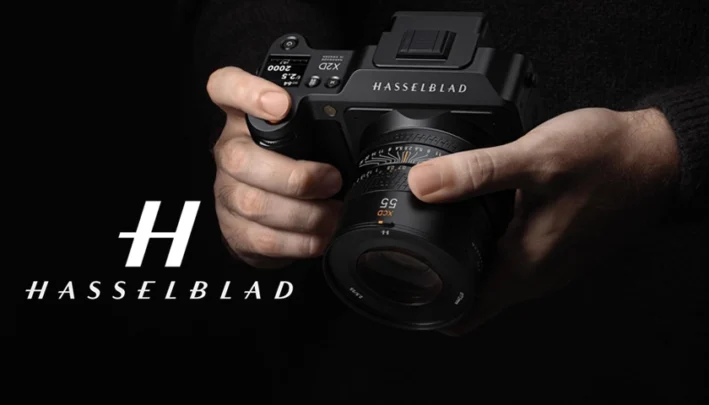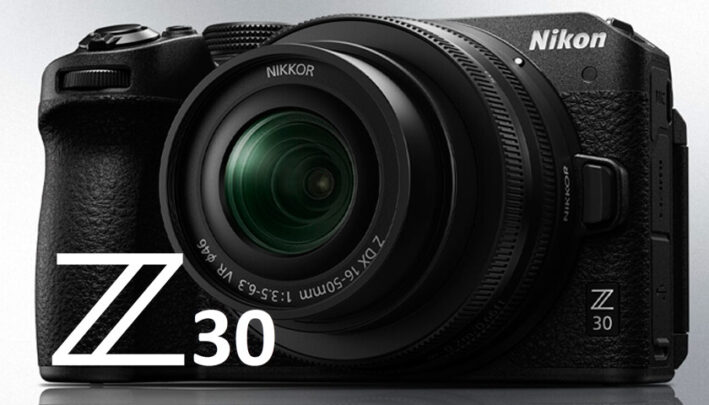Hits: 5
Fujifilm X-H2 setting a new standard for APS-C cameras
Fujifilm sold us a dummy in 2022. Rumours abounded of a new 40MP APS-C flagship, which was later confirmed by Fujifilm as being ‘in development’, then talk shifted to an ultra-fast camera with a stacked sensor. It then became apparent that Fujifilm was launching two flagship cameras, and not one. The first of these to arrive was the high-speed Fujifilm X-H2S, proving to be spectacular in its own right, but for many observers the precursor to the main event, the Fujifilm X-H2.
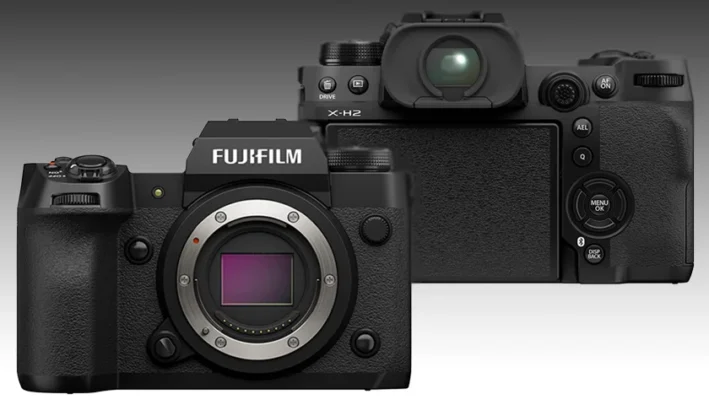
This camera has the highest resolution yet in an APS-C camera, its 40-megapixel sensor surpassing that of all but a handful of full-frame cameras. It can also shoot 8K video, which has never before been achieved with the APS-C format, and matched by a pretty small set of full-frame cameras. Moreover, it does this at a price that’s far, far below that of any of these full-frame models.
The Fujifilm X-H2 and X-H2S are a very strong double-act. The 26MP X-H2S has blinding professional speed, while the 40MP X-H2, fast in its own right, offers professional levels of resolution both for stills photography and video.
Physically, they are all but identical. Yet in terms of what they do and how they do it, they are somewhat different. The X-H2 targets users for whom resolution is everything.
Key features
The X-H2 has a new 40MP APS-C X-Trans sensor, which is a high enough resolution in itself, but this is supplemented by a 160MP multi-shot pixel-shift mode, which merges 20 separate images into one. It has 20 shots rather than the usual 16 because of the unique colour filter array of the X-Trans sensor design, and the multi-shot merging happens later on a computer – it’s not done in-camera.
Normally, high-resolution sensors sacrifice speed, but while the sensor in the X-H2 does have a slower readout speed than the one in the X-H2S (it doesn’t use the same stacked design), it is no slouch.
With a maximum burst speed of 15fps with the mechanical shutter, the X-H2 can successfully keep up with most sports cameras for sheer speed. What Fujifilm calls the ‘rolling shutter’ time, ie the scan time, of the X-H2 sensor is 1/88sec versus the 1/180sec of the X-H2S. The company also acknowledges that the focus tracking performance will not be the same as the X-H2S’s because it can’t match the faster camera’s readout speed. However, the X-H2 will be bought primarily for its resolution, and that brings its real headline features.

The 40MP stills (and 160MP multi-shot) resolution are only half the story. The other half is the 8K video capability. Some were hoping for 8K 60p capture, but the X-H2’s 30p capture will be fine for most, and while it can’t match the 4K 120p capture of the X-H2S, it can still do 4K 60p.
Of course, with 8K capture comes that new video bugbear – heat – and its effect on maximum recording times. Well, here Fujifilm has come up trumps. The X-H2 has cooling vents behind the rear screen which allow a claimed recording time of 160 minutes at 25C without any additional cooling, increasing to 240 minutes with Fujifilm’s optional FAN-001 cooling fan (as offered for the X-H2S, too). In our book, that’s as good as unlimited recording – a remarkable achievement.
Elsewhere, the X-H2 appears to be pretty much identical to the X-H2S, with a very good 5.76m-dot EVF, 1.62m dot vari-angle touchscreen and both CFexpress Type B and UHS-II memory cards. Naturally, it takes the full range of Fujifilm X Mount lenses, many of which are being updated to meet the speed and resolution of Fujifilm’s latest cameras. One of these, the new Fujinon XF 56mm f/1.2, is being launched at the same time as this camera.
Build and handling
The Fujifilm X-H2 is not a large camera but it has a deep grip for a secure hold and there is a decent amount of space around the controls. These do not follow the traditional external controls of the Fujifilm X-T4, but instead this camera swaps to a conventional mode dial (like the X-H2S). This has no fewer than seven custom settings (C1-C7) – Fujifilm has opted for in-depth customisation rather than a body covered in buttons.
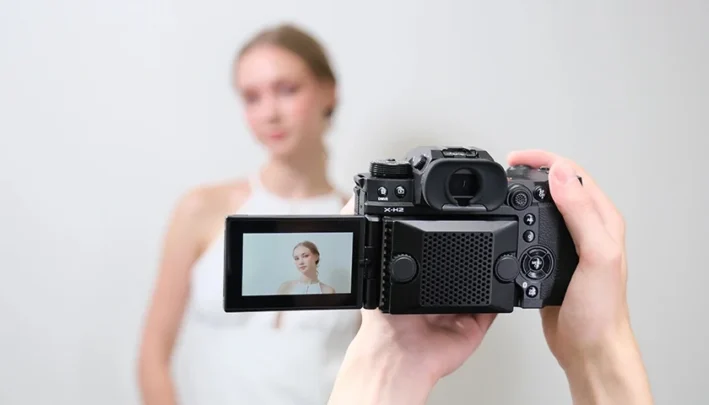
We have so far tried the X-H2 with a variety of lenses, including the Fujinon XF 16-55mm f/2.8 and the newly announced Fujinon XF 56mm f/1.2 R WR – this camera will be sold bodyonly and with the XF 16-80 mm F4 R OIS WR – and while it feels best balanced with Fujifilm’s smaller lenses, it’s not too unwieldy with the 16-55mm, which is a likely pro choice for X-H2 buyers.
The 5.76 m-dot electronic viewfinder is very crisp and clear, as you would expect from that resolution, and the rear screen is very good, too – it’s great to have a fully vari-angle screen rather than a simple tilting screen.
The status display panel on the top of the X-H2 is especially good and worth giving up shutter speed and ISO dials for. The numerals are big and clear and the white-on-black display has bags of contrast.
Performance
Theoretically, the Fujifilm X-H2’s responses will be slower than those of the X-H2S, but it still feels like a very snappy performer, with fast and accurate autofocus (now with Animal, Bird, Automobile, Bike, Airplane and Train recognition, not just Face and Eye AF). When in use, we didn’t notice a whole lot of difference in terms of responsiveness.
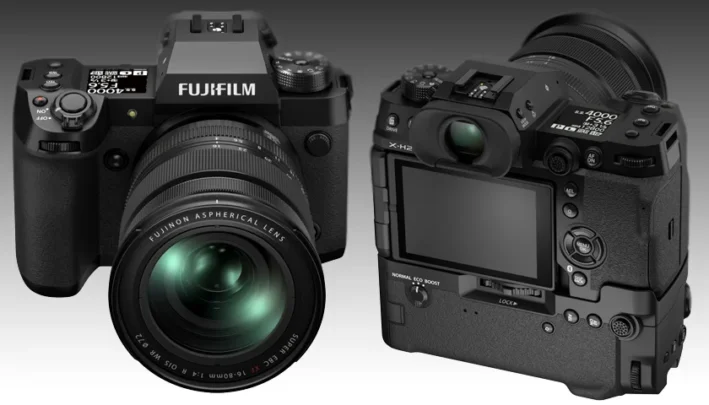
On paper at least, Fujifilm has not put a foot wrong with the X-H2. The design and handling follow that of the X-H2S (physically they are all but identical) and the X-H1 before it, a camera we admired greatly, so we’re very happy to see its successor.
The X-H2 handles very well, its specification is spellbinding and its price point is just as impressive. Yes, it has a smaller sensor, but it matches the specs of full-frame cameras at two or three times the price. The image quality is every bit as good as we would expect, and the resolution doesn’t disappoint. The Fujifilm X-H2 genuinely sets new standards for APS-C cameras.



